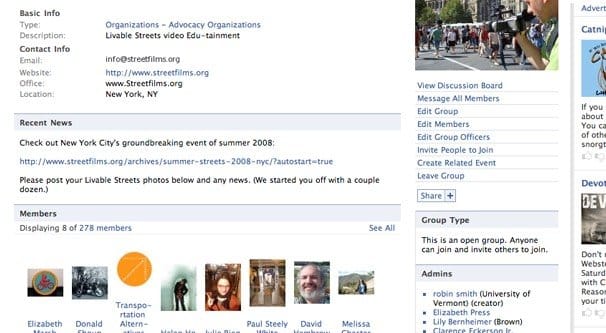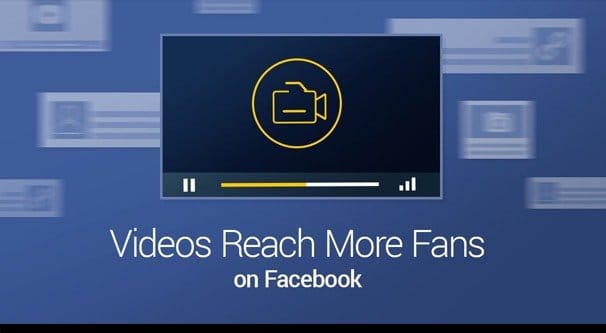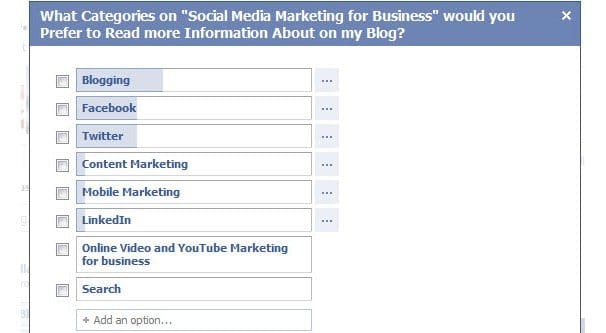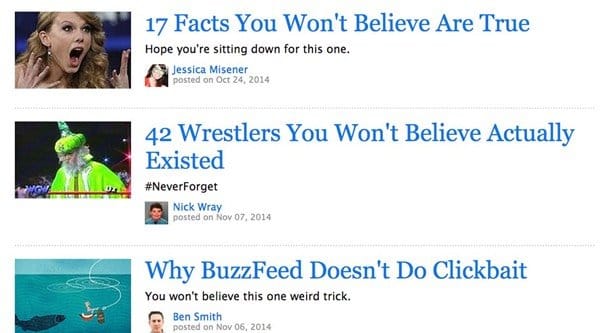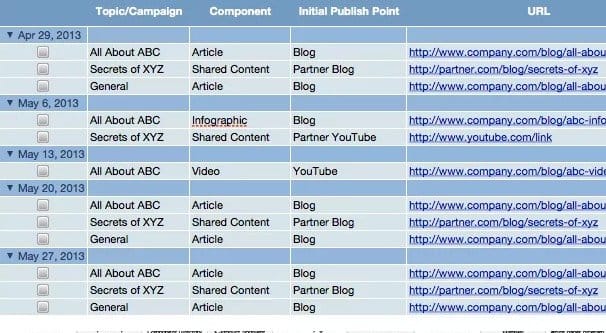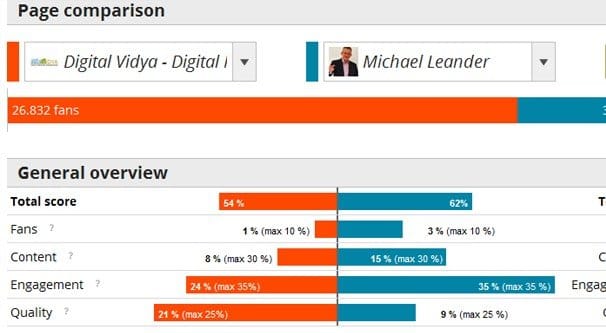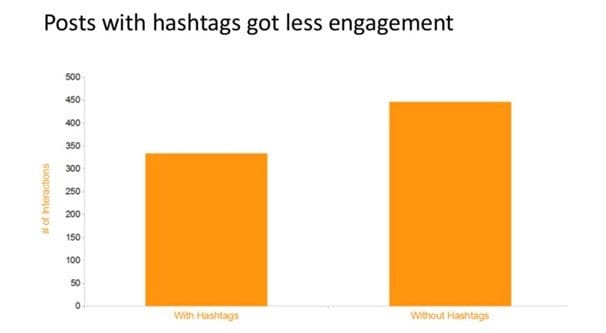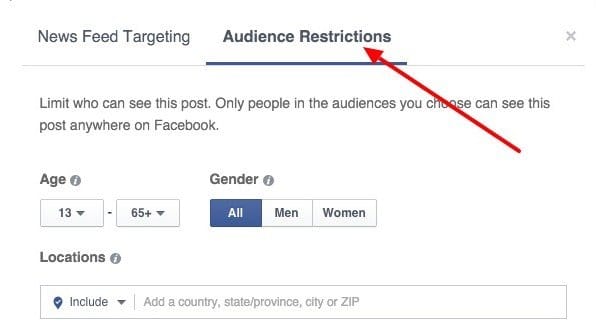 Written by ContentPowered.com
Written by ContentPowered.com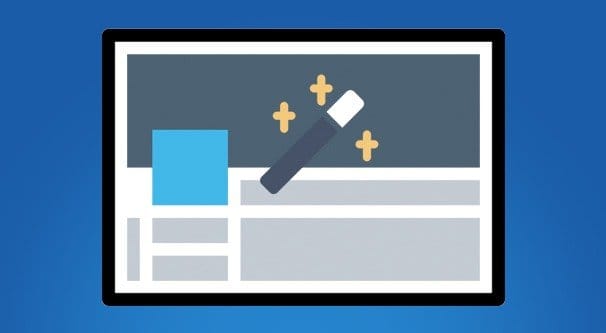
Running a Facebook page properly is a pretty big hassle. There are so many factors that go into it that it’s hard to know where to start. Worse, you have to keep up with almost all of it at all times just to break even. Anything less and you lose user interest, lose followers, and waste your marketing budget.
Of course, it’s not actually as difficult as I’m making it sound. Many of the actions you can take to boost the attractiveness of your Facebook page are one-time or once-a-month things, and some of it is just about building good habits. I’ll go through and give you a quick rundown, complete with links to further reading, on almost everything you need to run a good Facebook page.
Fill Out All Information
Every field on your Facebook page should have information in it. Your “About” section in particular needs some love.
There are a couple of sections that will vary from page type to page type, though, and there’s some information you might not need if you’re not an international business. Do your research, add what you can, and make it a valuable page for people to visit.
Use a Big, Beautiful Cover Photo
Think of your cover photo as a billboard on the side of the highway, except the highway leads in to your shop. People only see it when they’re visiting your page, and that gives them the chance to see whatever marketing message you want to put on the image. I recommend a well designed ad rather than a bland picture of your storefront, but you need something. Anything is better than nothing.
Use a Profile Picture to Match
I’m personally a fan of the profile picture that works in with the cover photo almost seamlessly.
When it looks like they’re both part of the same image, it gives a consistent, smooth look to your page. However, you can do what you want with it; just make sure it’s attractive and not working counter to your main marketing.
Change Both Occasionally
There are two aspects to this. The first is that your cover photo should be rotated out occasionally, just like any other ad, to avoid ad blindness. People will stop paying attention and its CTA will fade over time. The other part is your profile picture, which I tend to change out seasonally. I like themed profile pictures, and picking interesting ways of displaying a season or holiday can be a fun challenge.
Post Images Frequently
Image posts are some of the best content you can post on Facebook that isn’t a link. They have a higher weight for EdgeRank than other types of content, but they keep your audience on Facebook where they can engage and be exposed to more posts. They’re just great all around, so I recommend using them frequently.
Post the Right Subjects
Images can be tricky, and some subjects work better than others. Some of the best include smiling people, cute animals, attractive – and high resolution – landscapes, and infographics. There are enough possible options that you have a lot to cycle through, so you can test to see which ones get the best engagement for your page.
Post Videos Occasionally
Facebook videos are rising in visibility and in utility as the months pass. They have surpassed YouTube for engagement, at least on Facebook as a platform, though part of that is due to how they count views with less of a filter and how they’re promoted over links in the algorithm.
Either way, the occasional video on Facebook can be great for your engagement.
Customize Post Preview Images
This one is more for your site than for your Facebook page. Facebook’s open graph attributes are bits of meta data you can specify to ensure your post shows up on Facebook and on other sites the way you want it to, rather than generated by an algorithm. It looks more complicated than it is, you just need to specify a few pieces of data.
Pin an Attractive Post
Facebook allows you to pin a specific post to the top of your feed. Use this function! It’s a great way to put an advertisement or a particularly attractive post to the top of your feed. Give it a few weeks of exposure and replace it when the additional hype starts to die down.
Post Your Content Frequently
The link for this section is a social media frequency guide you can use to determine how often per week you should be posting.
Just make sure that whatever number of posts you pick, you can sustain. The number one most important thing you can do for Facebook engagement is post on a regular basis.
Curate Interesting Content Frequently
Not all of your posts will be yours, on Facebook. If they are, you’ll lose followers, because people get tired of seeing your content over and over. Instead, take the time to curate content from valuable industry sources, so you’re a hub of good content rather than just an advertising stream for yourself.
Run Weekly or Monthly Contests
Weekly contests should be simple, user engagement contests of some sort like caption contests, with prices along the lines of a coupon code or user feature. Monthly contests can be a bit more intensive, like media submissions, and give better prizes for the amount of effort involved.
Ask Questions
Just about every post should either be sharing something interesting the user can get out of the link they can click, or asking them a question.
Questions are great because they compel users to either read and find out the answer, or post and answer themselves. Both are beneficial to you.
Use Information from Audience to Customize Posts
When you ask questions, you gain information about your audience. You can use this information to help customize your posts. Maybe you find out your users are more interested in one subject than another? Start posting more about that one subject. It’s a gradual process of slow optimization that will benefit you forever.
Solicit Business and Product Feedback
In addition to asking questions about your audience, you can ask questions of your audience about your products. This will give you some valuable feedback you can use to improve your products or introduce new features. Even just sending them to R&D can be a big head start on a new competitive advantage.
Use Feedback to Improve and Post About it
Of course, the feedback you receive is only as valuable as the way you use it. If you’re not making use of the feedback you receive, users will start to point it out. This is particularly true when it’s basic bug reporting. Ongoing bugs are frustrating and can often be fixed easily if you try.
Monitor Post Success and Iterate on Positive Trends
Monitoring your posts and their engagement rates will give you information over time that you can use to improve them. Keep track of what sort of call to action you’re using, what the subject is, the type of post, the time of day, and every other relevant detail you can think of. Compare the best and see what stands out as consistent between them.
Avoid the Clickbait Titles
Clickbait seems like a good idea at first glance because it inspires a lot of curiosity and a lot of clicks.
However, Facebook has been working to steadily demote it, and you won’t believe what happens to brands that abuse it.
Leverage Curiosity
Instead of using obvious and disappointing clickbait descriptions, take the time to write out something enticing. Ask a question and let your users discover the answer in your post. The key is to make sure that you’re providing value, not just starting a question you can’t answer in a satisfying way.
Use Emojis Occasionally
Facebook studies have shown that engagement rates can rise when you use emojis in your posts, but only if you’re very cautious about doing it. If you overuse them, you start to come off as unprofessional rather than just casual, and that can have the opposite effect. You want to be a down to earth company, but still a company, for the maximum amount of trust.
Keep an Editorial Calendar
The main reasons to keep a calendar are organization and accountability.
Organization is there to make sure you’re not posting the same type of content too often or not often enough. Accountability is to keep you honest and make sure you’re filling your available post slots. No skipping a week, because you’ll see a giant glaring hole that will hurt you.
It’s okay to share the same content more than once. The trick is that you can’t do it too close together. On Twitter you can share often more than once per day, but Facebook only supports duplication in the same given week. Any more often than that and you start to drive users away.
Partner and Promote Local Businesses
If you have a local presence, partnering with local businesses can give you an edge. You can get a lot of local support from people who didn’t necessarily know who you were, but who will support you because their favorite business supports you. This goes double if you pull community charity events or help out around the area, even with something as simple as donations to a local shelter.
Spy on the Competition
Sometimes it’s a good idea to see what the competition is up to. Check out their posting schedules, their content, and their engagement rates.
Figure out how you compare. If you’re lucky, all of the competition is struggling to keep up with you. If one is pulling ahead, or you’re not gaining on a stronger rival, figure out what they’re doing so you can emulate it.
Post at the Right Times
When are your users online to see your posts? Time is one element of EdgeRank you can’t buff up later, so you need to make sure your posts are at their strongest when your users are at their most receptive. A guide like the one above can only get you so far, you need to test to see when your audience is most available.
Hashtags work on Twitter, they work on Instagram, and they work on Tumblr, albeit in a different way.
They don’t work on Facebook, and that’s primarily because they’re seen as a Twitter/Instagram thing. If you’re using hashtags, you may be robotically auto-posting, and people don’t like that. Just skip them.
Post and Celebrate Holidays
Holidays, particularly niche holidays like “national pumpkin day” can go a long way to showing that your business is in touch. There are hundreds of holidays for every day of the week, so browse a holiday list and pick one you think can work for a couple of posts a month.
Post and Celebrate Milestones
Milestones are a unique function of Facebook that all too few businesses actually use. You can post them and celebrate them, typically on anniversaries of when they actually happened. Some will be generic, like product launches or the date of your company’s founding, but that’s okay; they’re something unique to share.
Use Organic Post Targeting
Organic post targeting allows you to restrict who can see and interact with your posts, so you can get a more focused audience to engage with a given post.
Use it to treat organic posts as if they were ads, particularly for some organic split testing.
Run Ads for New Users
Ads can be very powerful on Facebook, and you don’t even have to spend much to use them. Lookalike audiences as your custom targeting on a Facebook ad can get a lot of new users, and then your organic posting schedule can hook them in.
Run Ads for Reminding Old Users
Facebook has a bit of a negative spiral with EdgeRank. The less a user views your content, the less of it they see, so they might think you just don’t post. Running ads for views or engagement can get them back in the fold.
Use a Sanity Check for Posts About Contentious Events
Whenever some current event happens, and you want to newsjack and post about it, make sure to run your post by someone with some critical thinking skills. You want to avoid situations where you make a fool out of yourself by trying to take advantage of a tragedy.
Mix Things Up
Every bit of advice in the world will work for a while, but if you stagnate, users will start to fall away. You need to experiment and change things up from time to time, to keep things fresh. Only innovation can keep you growing.
